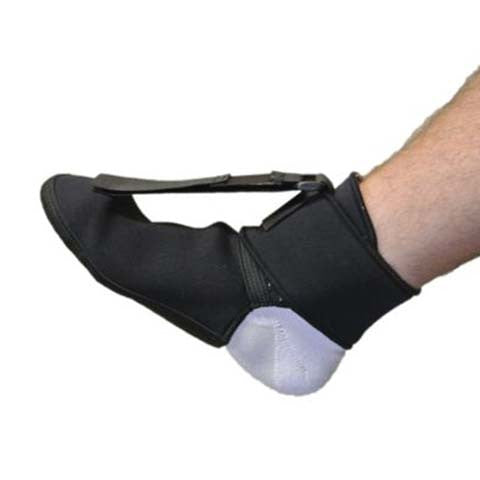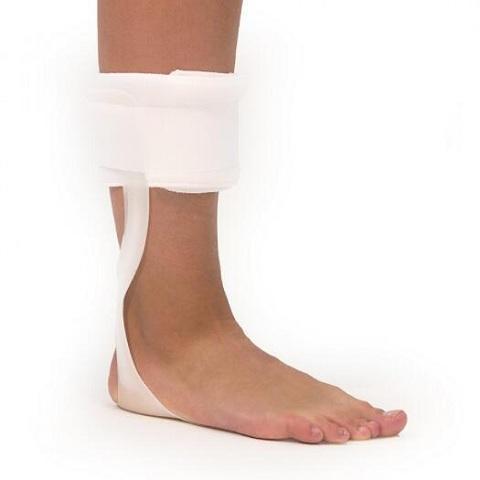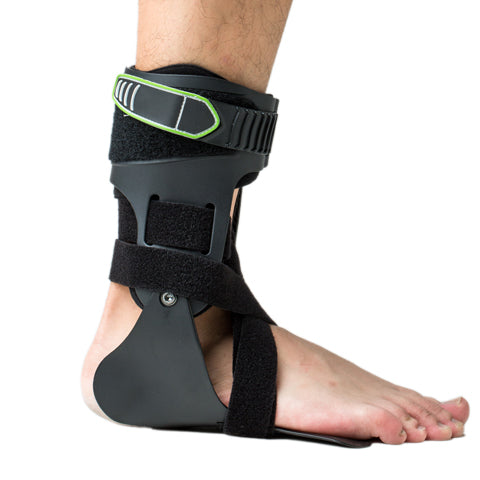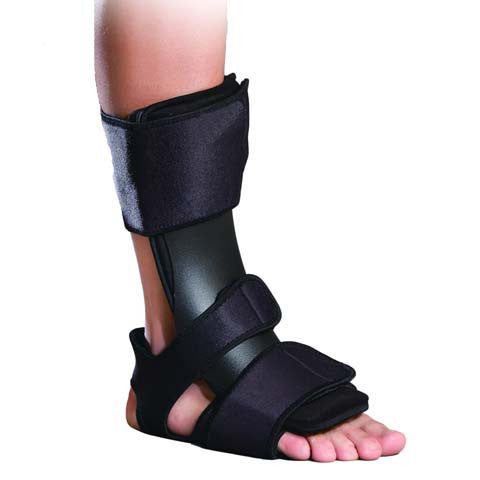
Expert Guide to Selecting the Right Medical Walking Boot
Advanced Guide to Choosing a Medical Walking Boot: Insights from a Medical Professional
Understanding Medical Walking Boots Medical walking boots, also known as walking casts, air casts, fracture boots, or CAM (Controlled Ankle Motion) boots, are essential in the orthopedic management of various foot and ankle injuries. They are designed to immobilize the calf, ankle, and foot to facilitate healing. Commonly treated conditions include Plantar Fasciitis, Ankle Sprain, Metatarsal Stress Fracture, and Tendonitis.
Selecting the Right Boot: A Clinical Approach The choice of a medical walking boot must be based on a detailed clinical assessment, including the nature and severity of the injury, foot and ankle measurements, and the patient's lifestyle and activity level.
-
Determine Support Level:
- Soft to Semi-Rigid Boots: Suitable for minor injuries requiring less immobilization.
- Rigid Full Shell Boots: Necessary for severe injuries like fractures or grade III sprains.
-
Ensure Proper Fit and Comfort:
- Accurate sizing is crucial. Use manufacturer’s sizing charts to select the appropriate size.
- Look for adjustable features for a customized fit.
- Consider additional accessories for balance and comfort.
-
Evaluate Durability and Quality:
- Opt for boots made from robust materials that offer longevity.
- Prioritize boots with breathable liners for moisture control.
-
Assess Ease of Use:
- Choose boots with user-friendly features for self-application and maintenance.
- Removable liners that are washable add to the convenience.
Short vs. Tall Medical Walking Boots: The decision between short and tall boots hinges on the specific injury:
- Short Boots: Better for foot injuries, allowing more ankle mobility.
- Top Boots: Ideal for more serious injuries involving the ankle or lower leg.
When to Avoid Medical Walking Boots: In cases of severe bone breaks or torn ligaments, a medical walking boot may not suffice. Similarly, patients with conditions like peripheral artery disease or neuropathy may require alternative treatments.
Top Rated Medical Walking Boots: Based on clinical efficacy and patient feedback, the following boots are recommended:
-
ANKLE BRACE
Using Medical Walking Boots Effectively:
- At Work: Regular breaks and task modifications might be necessary.
- While Showering: Use a waterproof cover or remove the boot.
- During Sleep: Adjust for comfort, use extra padding, and elevate the leg.
- Walking Technique: Heel-to-toe walking with shorter steps and a shoe balancer can improve gait.
Conclusion: Choosing the right medical walking boot involves a thorough understanding of the injury, consideration of boot features, and an assessment of individual needs. Always consult healthcare professionals for personalized recommendations.




